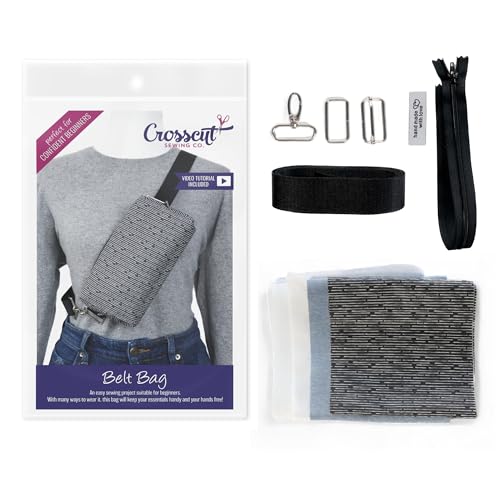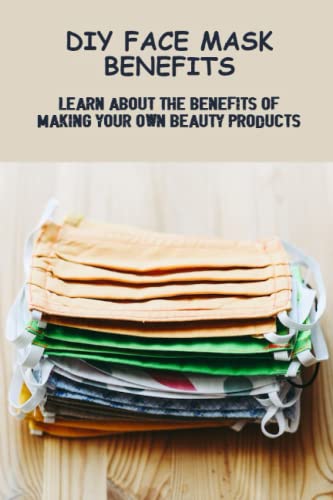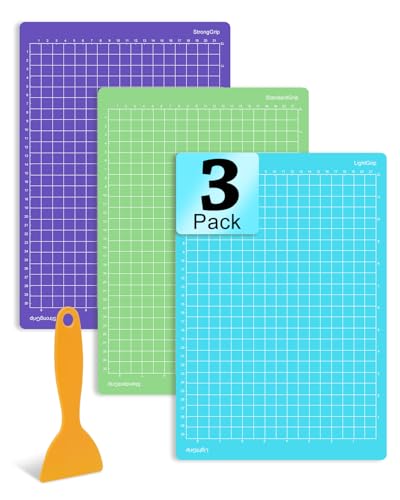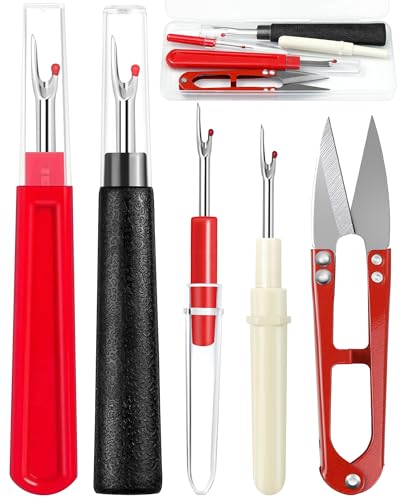Are you ready to make a positive impact on the environment while picking up a new skill? Sewing reusable produce bags is a fantastic way to reduce single-use plastics and embrace a more sustainable lifestyle.
With just a bit of fabric and some basic sewing techniques, you can create sturdy and stylish bags perfect for your fruits and veggies. Imagine saying goodbye to flimsy plastic bags and carrying your groceries in bags you made yourself.
Benefits of Reusable Produce Bags
- Environmental Impact: Reduces single-use plastic waste, preventing millions of plastic bags from polluting ecosystems each year.
- Cost-Effectiveness: Eliminates the need to purchase disposable bags, saving you money over time with a durable, long-lasting alternative.
- Durability and Practicality: Crafted from strong materials, these bags withstand frequent use and washing without tearing or fading.
- Health and Safety: Avoids harmful chemicals found in plastic bags, using natural fabrics that keep your produce fresh and safe.
- Customization and Style: Offers the ability to personalize with various colors and patterns, allowing your bags to match your personal style while shopping.
Materials and Fabrics
Selecting the right materials and fabrics ensures your reusable produce bags are durable, practical, and environmentally friendly.
Choosing the Right Fabric
Choose fabrics that offer durability and ease of care. Cotton, canvas, and linen provide strength and can withstand frequent use. Consider the following factors when selecting fabric:
- Durability: Canvas resists tears and wear.
- Washability: Cotton is machine-washable for easy cleaning.
- Breathability: Linen allows airflow, keeping produce fresh.
- Ease of Sewing: Lightweight cotton is beginner-friendly.
Eco-Friendly Options
- Organic Cotton: Grown without pesticides, reducing environmental impact.
- Recycled Polyester: Utilizes post-consumer plastics, minimizing waste.
- Hemp: Requires less water and pesticides, offering a robust alternative.
- Bamboo Fabric: Renewable resource with natural antibacterial properties.
Step-by-Step Sewing Guide
Begin crafting your own reusable produce bags with these clear instructions. Follow each step to ensure durable and functional results.
Required Tools and Supplies
- Fabric: Choose cotton, canvas, or linen for strength and durability.
- Thread: Use polyester thread for longevity and colorfastness.
- Sewing Machine: A basic machine handles most tasks efficiently.
- Scissors: Sharp fabric scissors make precise cuts.
- Pins and Needles: Secure fabric pieces and handle details.
- Measuring Tape: Ensure accurate dimensions for consistency.
- Patterns: Utilize pre-made templates or create your own for uniformity.
- Optional Accessories: Add zippers, buttons, or drawstrings for functionality.
Basic Sewing Techniques
- Cutting Fabric: Measure and cut fabric according to your pattern, maintaining straight edges.
- Seaming: Use a straight stitch for strong, reliable seams, ensuring edges align properly.
- Hem Finishing: Fold and stitch hems to prevent fraying and enhance durability.
- Adding Handles: Reinforce handle areas with double stitching to support weight.
- Inserting Closures: Sew zippers or attach buttons securely to keep produce safe inside.
- Pressing Seams: Iron seams flat after sewing to create a professional finish.
- Final Assembly: Combine all pieces, check for consistency, and make necessary adjustments for a polished product.
Customizing Your Produce Bags
Enhance your produce bags’ functionality and style through customization. Tailor patterns and integrate features that suit your preferences.
Designing Patterns
Select patterns suitable for various produce types. Use templates to maintain consistent shapes and sizes. Adjust dimensions based on bag capacity and handle lengths. Incorporate gussets to provide extra space when necessary.
Adding Features
Include drawstrings for secure closures. Add pockets to organize different items. Install zippers for easy access. Embroider labels for personalization and identification.
Maintenance and Care
Cleaning Your Produce Bags
Regular cleaning maintains hygiene and extends the lifespan of your reusable produce bags. Machine wash them on a gentle cycle using cold water. Alternatively, hand wash with mild detergent to preserve fabric integrity. Avoid using bleach or harsh chemicals, as they can weaken fibers.
Drying Methods
Air drying keeps your bags in optimal condition. Hang them upside down or lay flat on a clean surface. If you prefer machine drying, use a low heat setting to prevent shrinkage and fabric damage. Ensure bags are completely dry before storage to prevent mildew.
Proper Storage
Store produce bags in a dry, cool place to maintain their shape and prevent odor buildup. Fold them neatly or roll them to save space. Use hooks or hangers for easy access and to minimize wrinkles. Keeping bags organized encourages regular use and care.
Repairing Minor Damages
Address small tears or loose seams promptly to avoid further damage. Use matching thread and a needle to sew up holes securely. Reinforce stress points, such as handles and seams, to enhance durability. Keeping your bags in good repair ensures continued functionality and sustainability.
Preventing Wear and Tear
Minimize wear by avoiding overloading your produce bags. Distribute weight evenly to reduce strain on seams and handles. Rotate usage among multiple bags to lessen individual stress. Proper handling prevents premature wear, maintaining your bags’ appearance and effectiveness.
Refreshing Fabric and Colors
Maintain vibrant colors by washing bags separately from dark fabrics. Use fabric-safe detergents to preserve color and texture. For stubborn stains, spot clean with a gentle stain remover before washing. Regular maintenance keeps your produce bags looking fresh and new.

Enhancing Longevity
Extend the life of your reusable bags by following these care practices consistently. Monitor for signs of wear and perform regular maintenance. Investing time in proper care ensures your bags remain a reliable, eco-friendly option for shopping needs.
Conclusion
Sewing your own reusable produce bags is a fantastic way to make a positive impact on the environment and embrace a sustainable lifestyle. With just a few materials and some basic sewing skills you can create durable and attractive bags that replace single-use plastics.
Not only do your handmade bags help reduce plastic waste they also allow you to express your personal style and creativity every time you shop. Plus they’re cost-effective and built to last making them a practical addition to your everyday routine.
Taking care of your bags is simple ensuring they remain a reliable part of your sustainable practices. Enjoy the satisfaction that comes from crafting something useful and contributing to a greener planet.
Start sewing today and make a meaningful difference with your reusable produce bags.

















